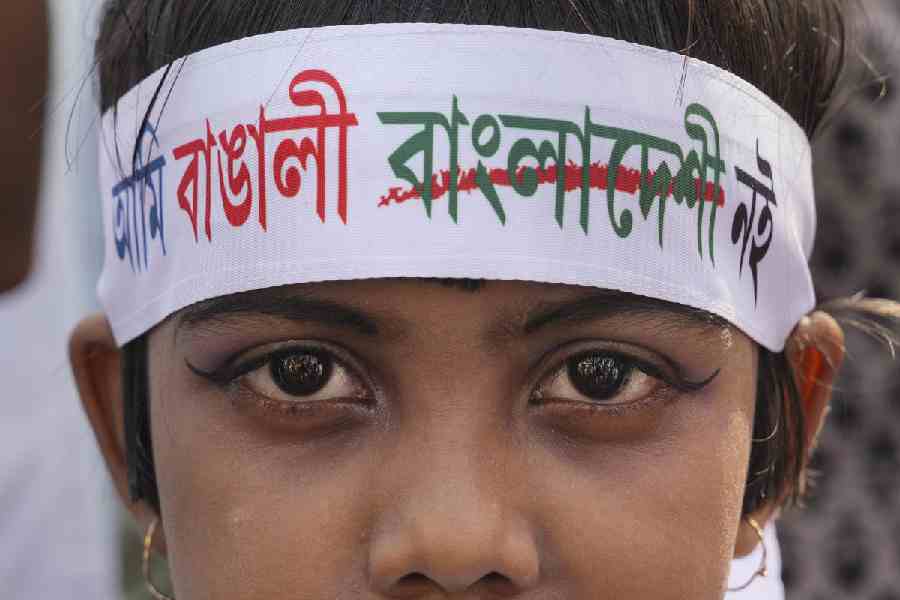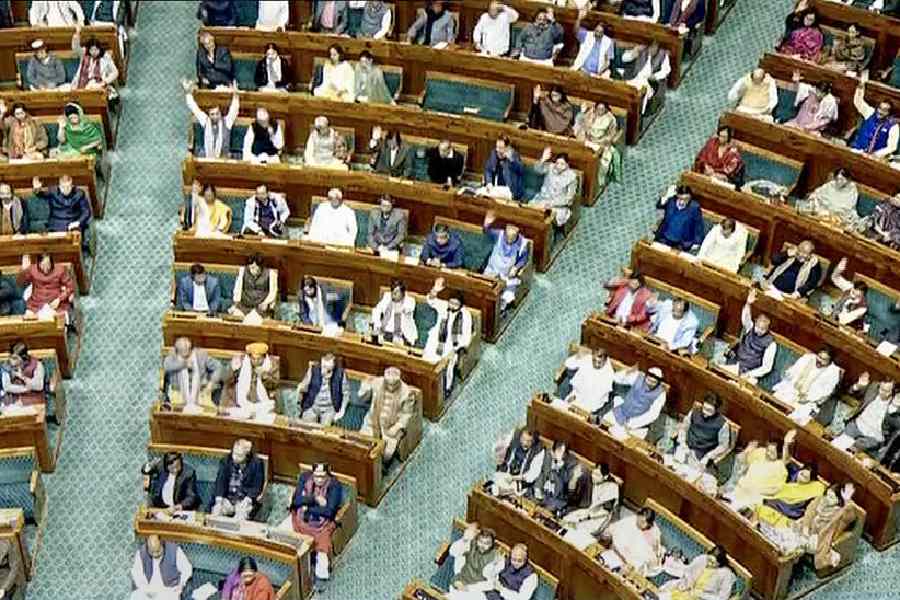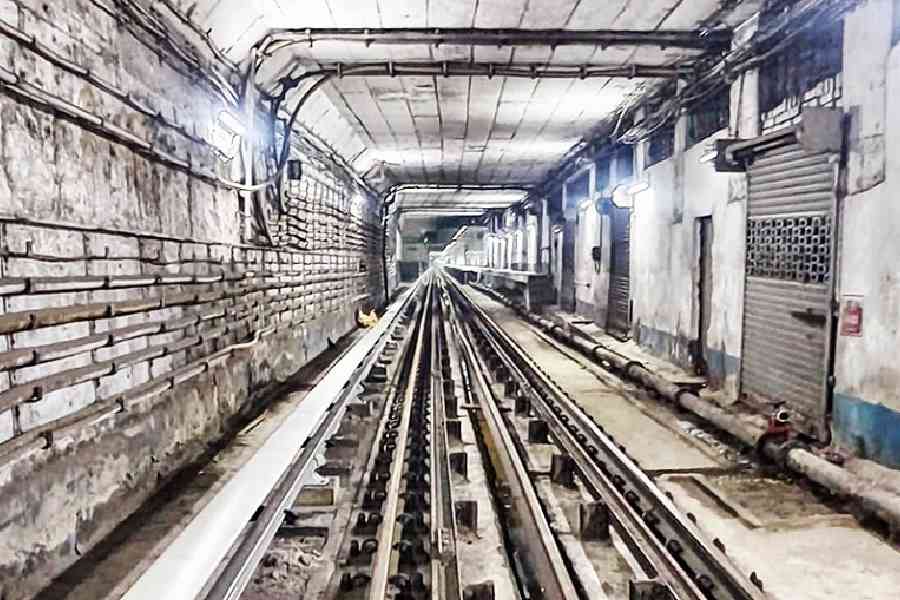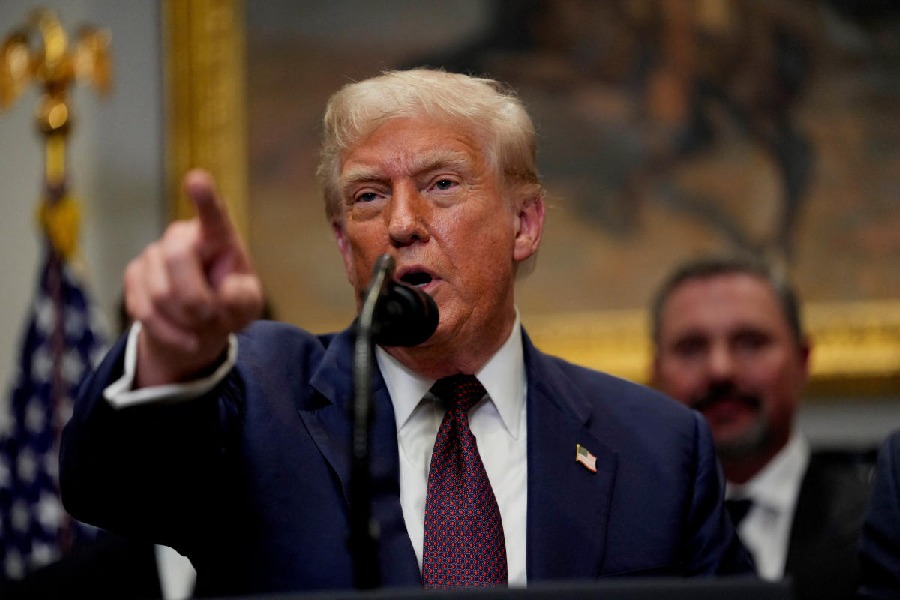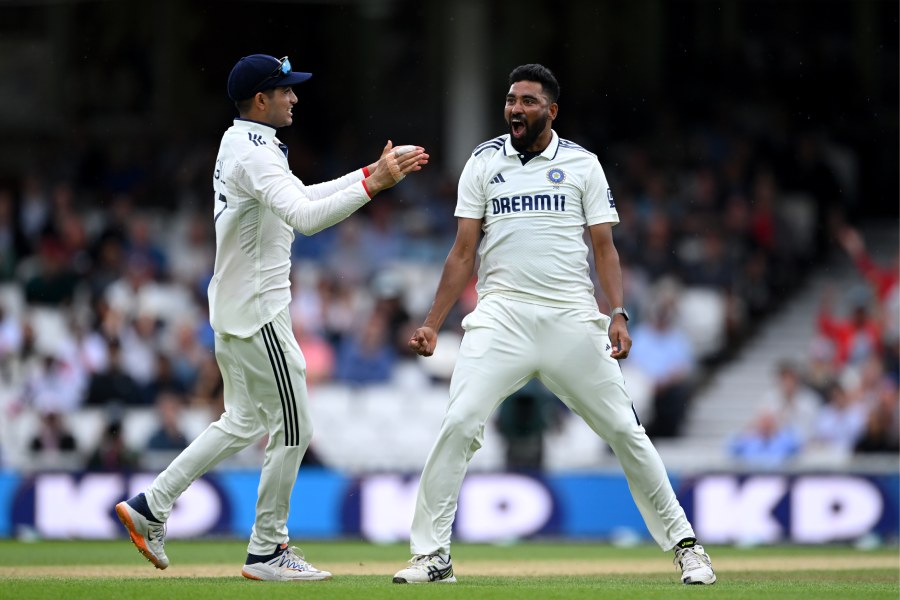 |
| File picture of voters outside a polling booth in Cuttack |
Bhubaneswar, April 21: Though the state witnessed an increase in voting percentage in comparison to 2009, it was seen that districts with higher rate of literacy had a lower voter turnout than areas with poor literacy rate.
In 2009, the overall polling percentage for the state was 64 per cent. This time, it was 74 per cent.
While the most literate district, Khurda, had the worst voting percentage, Nabarangpur, which has the lowest number of literate persons, came second in voter turnout in the election held in the state in two phases.
Khurda that includes Bhubaneswar has 87.51 per cent literacy rate, but it saw 56 per cent voter turnout. Nabarangpur with a literacy rate of 48.20 per cent saw 81.89 per cent voter turnout. Mayurbhanj, another backward district with around 64 per cent literacy rate, had the highest voting percentage of 82.
A comparison of the districtwise literacy rate and voting percentage shows how education does not affect the voting pattern. Most of the coastal districts with a literacy rate above 80 per cent saw a voter turnout of below 75 per cent, in some cases less than the state average of 74.30 per cent. In contrast, the poorest districts, which are mostly dominated with tribal people and have poor literacy rate (below 60 per cent), had a voting percentage, which either matched the state average or was above it.
The best example of educated people not willing to exercise their voting rights can be gauged from the behaviour in Bhubaneswar that has the maximum literacy rate of 93 per cent but saw around 42 per cent turnout, which speaks volumes for the educated mass’s willingness to exercise their franchise.
This time, the Election Commission and the chief electoral office, Odisha, had taken several steps to encourage people to cast votes. The poll body not only erected large hoardings at strategic locations to draw the attention of people, organise mini-marathons, but also held signature campaigns and media campaigns.
Though this effort yielded good results in far-off areas, the poor voter turnout in urban pockets mostly in areas with high literacy rates bemused the election officials. “We are happy that the voting percentage has gone up in many areas, and we hope it will increase next time even in areas where it was poor this time,” said a poll official.
Chief electoral officer Mona Sharma attributed the poor turnout in urban areas to the urban apathy towards voting. She said none could force anyone to vote.
Odia cine star Archita Sahoo, who was also an icon chosen by the chief electoral office to encourage voting among people, said on a TV show that the emotional bonding between people in the rural areas and collective decision-making among the villagers had helped voting percentage rise there. “But in urban areas and cities people do not have such bonding, which is reflected in their lives and poor voting percentage,” said the actress.
“Election is a process for people to choose their leaders. The commission’s Systematic Voters’ Education and Electoral Participation was aimed to take new steps to encourage people’s participation in voting. We had taken every possible step to increase voting in the state,” said Naba Nayak, nodal officer for the election. He said things might change in the coming days.






